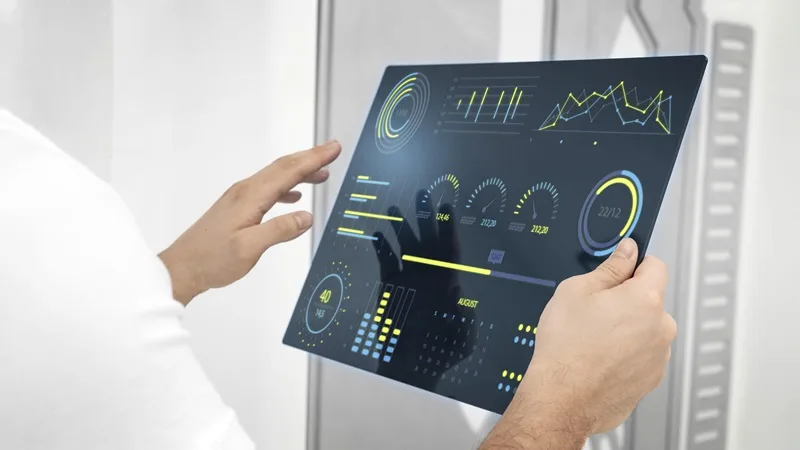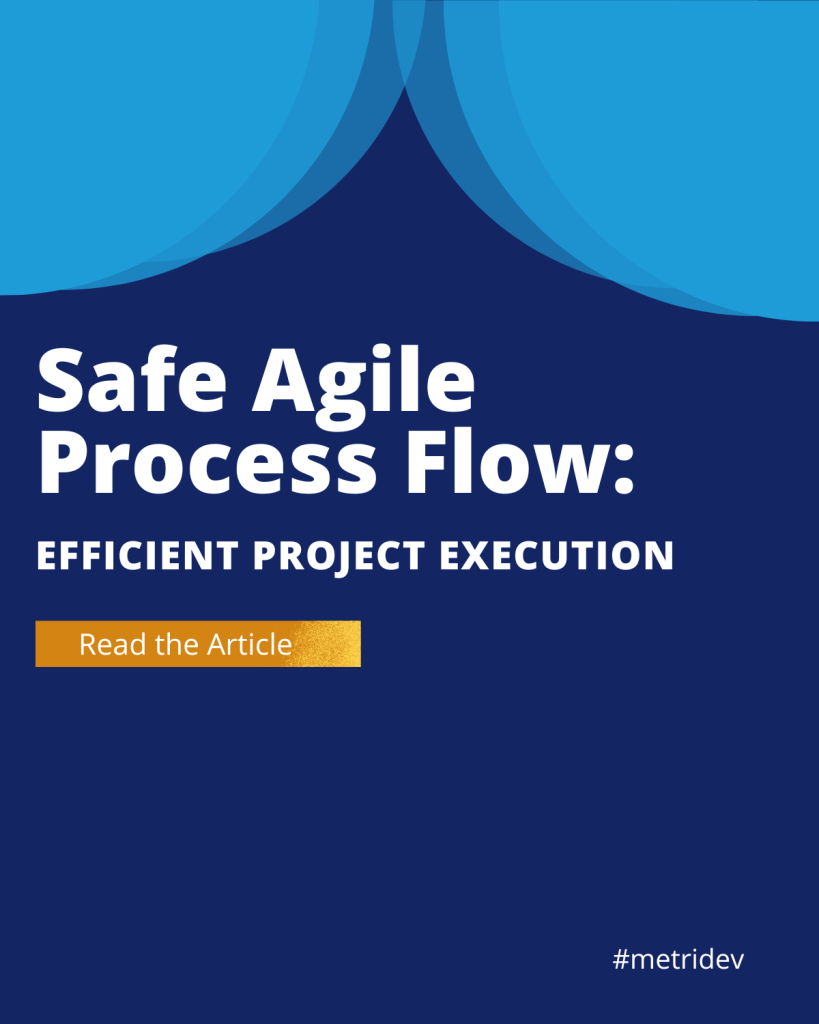Introduction to Space Metrics Engineering
Space exploration and engineering have always been at the forefront of technological innovation. As our understanding of the universe expands, so does the need for effective measurement and analysis of space-related data. Space metrics engineering is a discipline that focuses on utilizing data analysis to drive decision-making and optimize the performance of space missions. By harnessing the power of data, space metrics engineering aims to unlock the full potential of space exploration.
What is Space Metrics?
Space metrics refer to the quantitative measurements and analysis of various aspects of space missions and engineering projects. These metrics provide valuable insights into the performance, efficiency, and success of space endeavors. They encompass a wide range of parameters, including mission objectives, team dynamics, project milestones, resource allocation, and technical performance. By collecting and analyzing these metrics, engineers can gain a comprehensive understanding of the various factors that influence the outcomes of space missions.
The Importance of Data Analysis in Space Metrics Engineering
Data analysis plays a crucial role in space metrics engineering. It enables engineers to make informed decisions based on empirical evidence rather than relying on intuition or guesswork. By analyzing space metrics, engineers can identify patterns, trends, and anomalies that would otherwise go unnoticed. This allows for the optimization of mission planning, resource allocation, and risk management. Moreover, data analysis helps to identify potential issues and bottlenecks, enabling engineers to take proactive measures to address them before they escalate into major problems.
Understanding Space Team Metrics and Their Impact on Project Success
Space team metrics are a subset of space metrics that focus specifically on the performance and dynamics of the teams involved in space framework. Effective collaboration and teamwork are essential for the success of any space project. By measuring and analyzing team metrics, engineers can identify areas of improvement and implement strategies to enhance team productivity and cohesion. Team metrics may include parameters such as communication effectiveness, task completion rates, decision-making efficiency, and overall team satisfaction.
What are the Space Team Metrics?
Space team metrics encompass a wide range of parameters that measure the performance and effectiveness of space engineering teams. Furthermore, these metrics provide insights into the various aspects of team dynamics, collaboration, and decision-making. To elaborate, some common space team metrics include:
- Communication Effectiveness: Measures the clarity, frequency, and efficiency of communication within the team.
- Task Completion Rates: Indicates the speed and efficiency at which team members complete assigned tasks.
- Decision-Making Efficiency: Measures the effectiveness and timeliness of decision-making processes within the team.
- Team Satisfaction: Reflects the overall satisfaction and morale of team members.
- Collaboration and Knowledge Sharing: Measures the level of collaboration and knowledge sharing among team members.
In conclusion, by measuring these metrics, space engineers can identify potential areas of improvement and implement strategies to enhance team performance and project success.

The Space Framework: Effective Metrics in Space Engineering Projects
The space framework is a comprehensive guide that provides a structured approach to implementing effective metrics in engineering projects. It serves as a roadmap for engineers and project managers to collect, analyze, and utilize space metrics for decision-making and optimization. The framework consists of several dimensions that cover different aspects of space metrics engineering.
What are the Dimensions of the Space Framework?
The space framework encompasses various dimensions that offer a comprehensive perspective on space metrics engineering. These dimensions include mission objectives, which aim to align space metrics with the goals of the mission. Additionally, there’s the aspect of data collection, which covers methods for gathering relevant and precise space metrics data. The dimension of data analysis provides guidelines for interpreting this data and extracting meaningful insights. Furthermore, decision-making focuses on leveraging space metrics to make informed decisions and enhance project outcomes. Lastly, continuous improvement underscores the significance of ongoing learning and refinement based on space metrics analysis. By adhering to this framework, space engineers can establish a structured approach to implementing and utilizing metrics effectively in their projects.
The Role of DevOps in Space Metrics Engineering
DevOps, a combination of software development and operations, plays a crucial role in space metrics engineering. Additionally, DevOps principles and practices are instrumental in ensuring the smooth integration of data analysis into space framework projects. Furthermore, by adopting DevOps methodologies, space engineers can streamline the process of collecting, analyzing, and utilizing space metrics. Consequently, this enables them to make data-driven decisions and optimize the performance of space missions.
Leveraging Data Analysis in Software Development
Software development is an integral part of space engineering projects. Furthermore, by leveraging data analysis techniques, engineers can enhance the efficiency and effectiveness of software development processes. Additionally, data analysis can provide insights into software performance, identify potential bugs and issues, and optimize resource allocation. Moreover, by continuously analyzing software-related metrics, engineers can ensure the smooth operation of space missions and minimize the risk of software-related failures.
Best Practices for Collecting and Analyzing Data
Collecting and analyzing data in space metrics engineering requires adherence to certain best practices. These practices ensure the accuracy, reliability, and relevance of the collected data. Some best practices for collecting and analyzing data include:
1. Define Clear Objectives: Clearly define the objectives and goals of data collection to ensure the relevance and usefulness of the collected data.
2. Establish Data Collection Mechanisms: Implement robust data collection mechanisms that capture the required metrics accurately and in a timely manner.
3. Ensure Data Quality: Implement measures to ensure the quality and integrity of the collected data, such as data validation and verification processes.
4. Utilize Data Visualization: Utilize data visualization techniques to effectively communicate and interpret the collected data.
5. Regularly Review and Update Metrics: Continuously review and update the metrics used for data collection and analysis to ensure they align with the evolving needs of the project.
By following these best practices, space engineers can ensure the reliability and effectiveness of their data analysis efforts.
Some Tools and Technologies
Space metrics engineering relies on a variety of tools and technologies to collect, analyze, and utilize space metrics. These tools and technologies enable engineers to streamline the data analysis process and derive meaningful insights. Some commonly used tools and technologies in space metrics engineering include:
1. Data Collection Tools: These tools facilitate the collection of space metrics data, such as sensors, telemetry systems, and data logging devices.
2. Data Analysis Software: Specialized software, such as statistical analysis tools and machine learning algorithms, help analyze and interpret space metrics data.
3. Visualization Tools: Visualization tools, such as dashboards and data visualization libraries, enable engineers to present space metrics in a visually appealing and easy-to-understand manner.
4. Collaboration Platforms: Collaboration platforms, such as project management software and communication tools, facilitate effective teamwork and knowledge sharing among space engineering teams.
By leveraging these tools and technologies, space engineers can enhance the efficiency and effectiveness of their data analysis efforts.
DORA vs SPACE Metrics
DORA (DevOps Research and Assessment) and SPACE (Software Performance and Capacity Engineering) metrics are two different approaches to measuring and analyzing software performance in space engineering projects. While both aim to optimize software development and operations, they differ in their focus and scope.
What is the Difference Between Flow Metrics and DORA Metrics?
DORA metrics focus on measuring the flow of work through the software development and delivery process. They assess the efficiency and effectiveness of software development practices, such as deployment frequency, lead time, and change failure rate. On the other hand, SPACE metrics focus on measuring the performance and capacity of software systems in space engineering projects. They assess parameters such as response time, throughput, and resource utilization. While DORA metrics provide insights into the software development process, SPACE metrics provide insights into the performance and reliability of software systems in space missions.
Conclusion: Unleashing the Potential of Data Analysis in Space Metrics Engineering
Space metrics engineering is a discipline that utilizes data analysis to optimize the performance and success of space framework. By collecting and analyzing space metrics, engineers can gain valuable insights into various aspects of space projects, such as team dynamics, resource allocation, and software performance. The space framework provides a structured approach to implementing effective metrics in space engineering projects, enabling engineers to make data driven decisions and optimize project outcomes. By leveraging DevOps principles and best practices, space engineers can streamline the data analysis process and maximize the potential of data analysis. With the right tools, technologies, and methodologies, the potential of data analysis can be fully unleashed, leading to more successful and efficient space exploration endeavors.









Leave a Reply